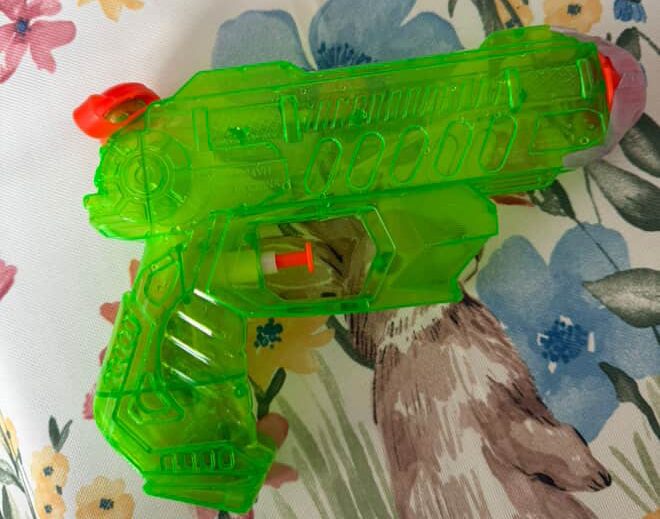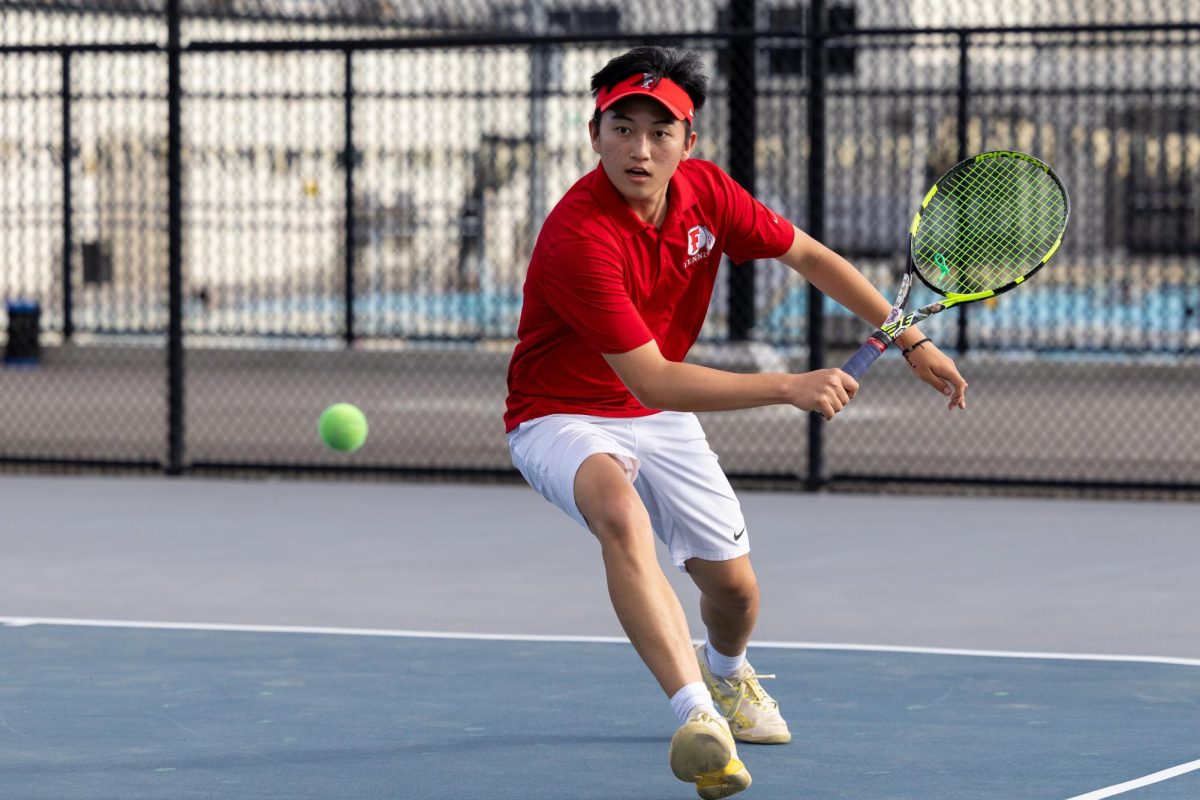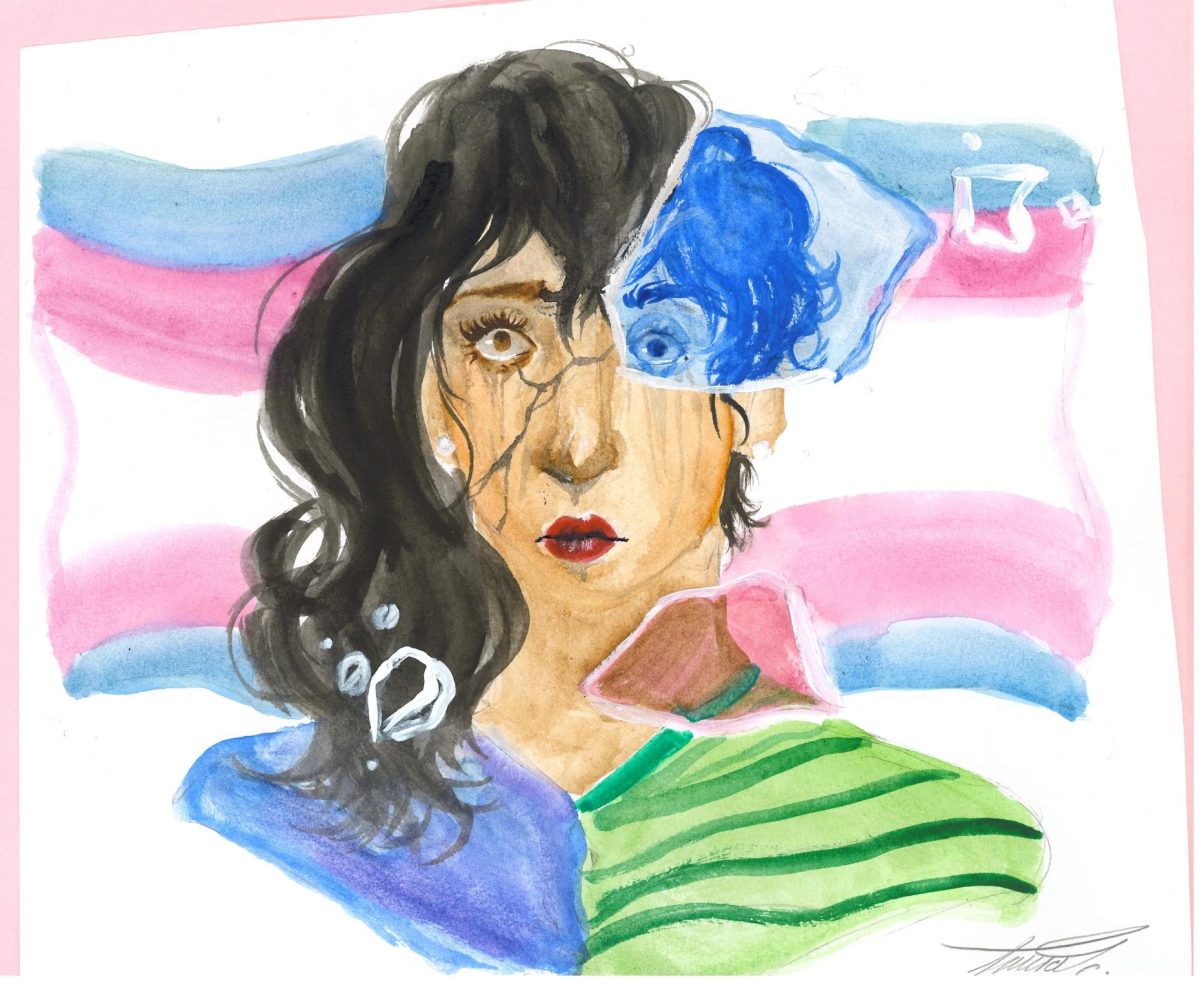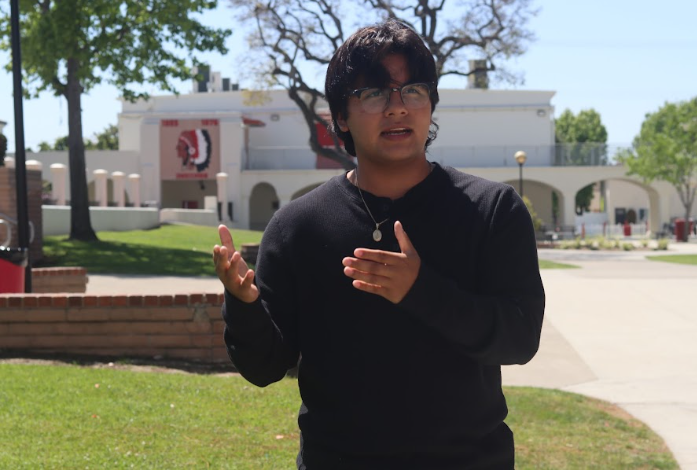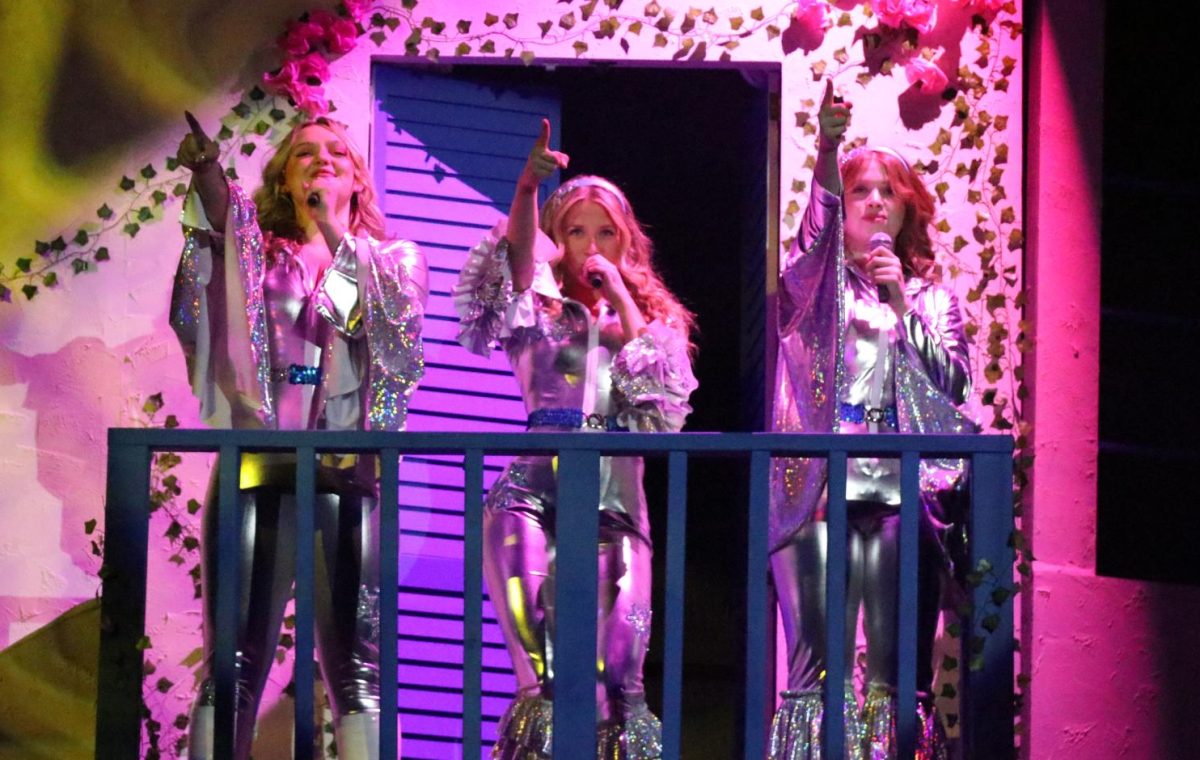
District officials will seek ASB students’ input for new dress code guidelines next year
During the first week of school, administrators welcomed students back to campus with a presentation about the student handbook. A couple of things were made clear: treat others with respect, wear your mask, and absolutely NO exposed midriffs.
After a year of distance learning in pajamas, students were taken aback by the strict dress code rules. It was frustrating for students when something as arbitrary as dress code became campus officials’ main concern while we’re all congregating during a global pandemic and kids still didn’t want to wear their masks inside. School is a superspreader event for six hours a day, and we’re worried about seeing a girl’s belly button?
As outrage with the dress code began to escalate, students took a stand. Junior Chloe Serrano launched a petition on Change.org to gauge support. As of Dec. 11, the petition had garnered 968 signatures.
“I went and made the petition first for a type of statistic. Like, a sense of showing ‘okay, this isn’t just me. This is 900 other students agreeing,’” Serrano said. “I wanted it to have a more raw and authentic type of feedback, where people aren’t scared, or in some way feeling like they have to dilute what their thoughts are on it.”
Many students agreed with Serrano’s interpretation. Senior Frankie Ortega described the issues she sees with the policy.
“What I’ve seen girls get dress coded for is in no way inappropriate,” Ortega said. “I just think sometimes administration should be focusing their energies on other things, rather than what girls are wearing at school.”
Ortega also said the weather impacts the way students dress.
“We live in California, it’s hot. It’s 90 degrees almost every day here, you know, I’m not going to be coming to school in long sleeves,” she said.
English teacher Leo Indelicato explains he has not dress-coded a student in his 22 years of teaching at FUHS.
“I’ve never had to clock a student on dress code,” Indelicato said. “I’ve never really had an issue where their attire is disruptive. Maybe on Halloween, but that’s Halloween.”

While the dress code seemed strict and unnecessary at times, the constant and questionable enforcement became an even bigger issue. Senior Emily Avalos was dress coded by an administrator during passing period for her exposed midriff.
“She was yelling at me from afar asking me if I had a shirt,” Avalos said. “I would have preferred her to just pull me aside privately or to, like, not yell at me from across the school. I feel like that would have been more appropriate.”
Principal Laura Rubio acknowledged the controversial enforcement.
“The screaming and shouting across the campus, that’s something we’re trying to address,” Rubio said. “That is something that should not be happening. In any situation, you want to be much more private about it. Part of it is the changing of the times and the way they used to be dealt with. It should be a much more considerate addressing of the issue.”
Rubio explained that certain styles of clothing can become an interruption in class.
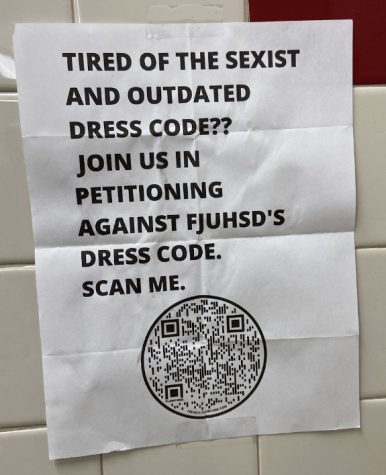
“It is a little bit of a slippery slope. For example, it’s the undergarments or the drug paraphernalia, and the snickering and the lack of focus. If it creates a distraction of any type, then it impacts your instruction,” Rubio said. “The teacher is distracted, the class is being unruly, they’re acting up, the students know ‘so and so is selling,’ whatever they’re representing through what they’re wearing—then it impacts your instruction.”
While there is no formal training for teachers and campus supervisors surrounding dress code enforcement, Rubio explained the process for handling infractions.
“The warnings have always been at our discretion,” Rubio said. “If we see somebody violating it enough times, then we start the formal sit-down conversation and then we’ll start from there.”
However, junior Cole Thompson has faced repeated harassment for how they dress.
“I just like to wear tall shoes and look like a creature,” Thompson said. “There’s been supervisors that have said, ‘Why are you promoting sex? Don’t you think that’s promoting something that you aren’t? You shouldn’t represent yourself that way.’ It’s not a sex thing, I just want to wear what I want to wear.”
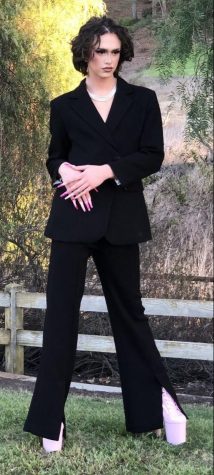
The kind of comments that Thompson, Avalos, and many others receive from administrators still don’t constitute an official dress code violation.
The district policy for dress code enforcement, last updated in 1978, is adapted by individual schools to suit their campus. It states that “If a dress code violation is observed, the principal or designee shall hold a conference with the student. The student shall have the opportunity to be heard concerning the alleged dress code violation. If the correction involves the removal of the clothing which may prove embarrassing to the student, the principal or designee may allow the student to cover up and wear the clothing until the end of the school day or may direct the student to return home to change the clothing. Parents of students violating the policy will be notified either in writing or by phone. The parent will be given an opportunity to meet with the principal or designee to discuss the violation. If the parent is not satisfied at the conclusion of the conference, the parent may make use of the complaint procedure.” [(BP/AR 1312, Complaints Concerning School Personnel). Regulation approved: April 16, 1990]
Yet, this specific procedure is an incredibly rare occurrence on campus. Throughout the Tribe Tribune’s 10-week investigation, reporters did not interview any student who had gone through the complete due process. All of the students who talked with the Tribe Tribune only received one-off verbal “warnings” and explained their personal frustrations with the loose ways in which the dress code is enforced.
Campus supervisor Rose King explained her experiences regarding why the dress code is so extensive.
“The dress code is strict and different because we’ve had fights over what’s on a shirt or a hat,” said King, who has worked at FUHS for 26 years. “When we had an open dress code, we had lots of fights and arguments where we had to intervene to keep kids from hurting themselves.”
While she doesn’t like enforcing the dress code on the daily, it’s part of King’s job.
“I have rules that I have to abide by. I don’t like them, but I follow them,” she said. “I don’t like dress coding you guys, I don’t like shooing you out of the bathrooms and into class every day, but it’s my job. I do it. That’s what they hired me for. And if someone else lets you go by without saying anything, that person is not doing their job.”
Although enforcement will take longer to alter, plans to change the dress code itself are beginning to develop. District official Karl Zener is scheduled to meet with ASB representatives from all six high schools to draft a new dress code for the 2022-2023 school year. As a preliminary step, Fullerton’s ASB discussed the dress code with the student senate this semester to gather suggestions. According to ASB president Jonathan Morales, the district Student Advisory Council hopes to discuss the dress code in more depth in February.
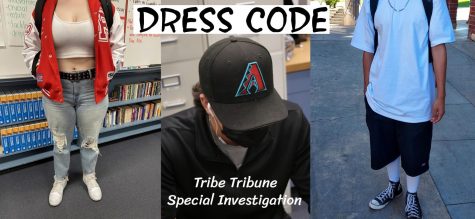
Related Stories
Dress code is offensive, outdated
Do we need an anti-gang dress code?
Students should be treated with respect







